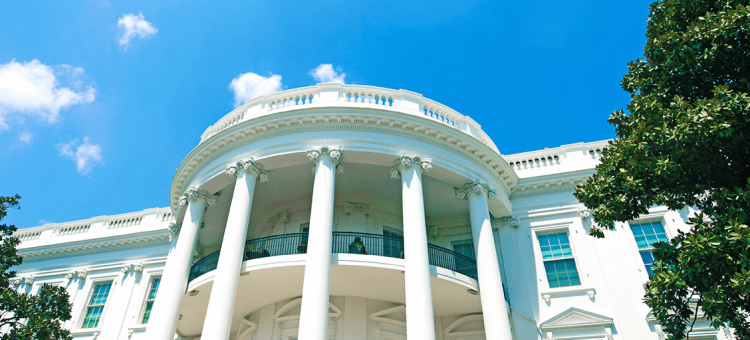A two-thirds majority (67%) nationwide supports the American Rescue Plan, President Joe Biden’s landmark piece of legislation, according to the latest survey from the New York Times and SurveyMonkey.
That support is down just slightly from last month’s survey, in which 72% of people approved of Biden’s then-unfinalized $1.9 trillion stimulus package. Support slipped only among Republicans, 43% of whom approved of the proposed legislation in February, and just 34% of whom approve of the final version. Nearly all Democrats (95%) and three quarters of independents (75%) support the ARP, nearly identical to the results from February.
One reason support for the legislation is so high may be because so many people (69%) think that they will receive a stimulus payment as a result. Huge majorities of those making less than $100,000 say they expect to receive a stimulus payment thanks to the ARP.
This is one instance where partisanship actually isn’t at play: 67% of Republicans, 71% of independents, and 74% of Democrats expect to receive stimulus checks.
Those who do expect to receive a check thanks to the ARP are more likely to approve of the legislation—but not dramatically so (72% vs. 59%).
A nearly identical 67% say they received a $600 stimulus check as a result of the December 2020 relief bill. Those who expect to get a check from the ARP plan to money in much the same way that they spent their previous checks: spending on immediate needs (32%), paying down debt (28%), saving it (25%), spending it on something else (10%) or donating it (3%).
Slightly fewer people say they’re planning to spend the new stimulus on immediate needs (32%), while slightly more (25%) say they plan to save the money.
Spending look-ahead
As vaccinations roll out and different aspects of the economy continue to reopen, most people (57%) expect their spending habits to revert to their pre-pandemic behaviors once the coronavirus is no longer a threat. However, 29% expect their spending to permanently decrease after the pandemic, while just 12% expect their spending to permanently increase.
In general, consumer confidence is trending up, though perhaps not as dramatically as the Biden administration would like. This month’s Consumer Confidence Index score is a 48/100, up three points from February and January but well below the average for the duration of the Trump administration. Scores among both Democrats and Republicans increased by three points month-over-month.
Respondents are split on whether now is a good or bad time to make large purchases: 20% say it’s a good time, 22% say it’s a bad time, and 57% say it’s mixed. A minority (but an increasing share) say they expect continuous good times economically for the next five years (38%), while most (58%) continue to expect periods of widespread unemployment or depression.
One third of people (33%) expect to be better off financially a year from now than they are today, while 40% expect to be about the same and 26% expect to be worse off.
For more detailed results, click through the interactive toplines below.
Read more about our polling methodology here.



